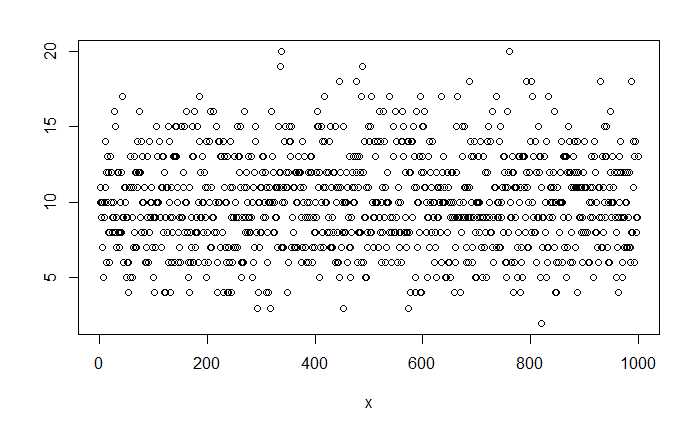We have seen the birthday problem more than once. It was initially a difficult proposition to accept that it takes only 40 people to have a match of birthdays (with 90% probability). That comes from a misconception about randomness. You have assumed that randomness meant things must spread out equally. In other words, there should be close to 365 people for two people sharing a birthday. In random processes, clustering is so natural, whereas non-clustering requires effort.

Think about an experiment in which 365 boxes lie in a line. And balls are falling from the sky. What is the probability that these balls will fill equally in each box? It is so hard for the falling balls to distribute equally without aggregation. And the reason? It’s random, and there is no brain behind the fall!

